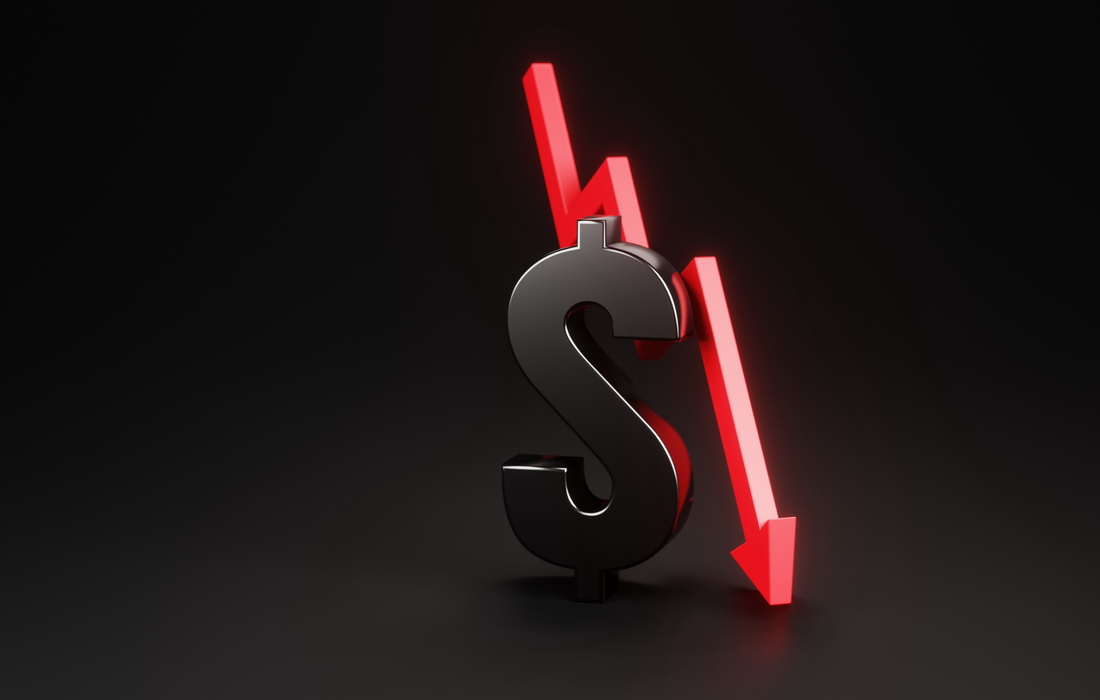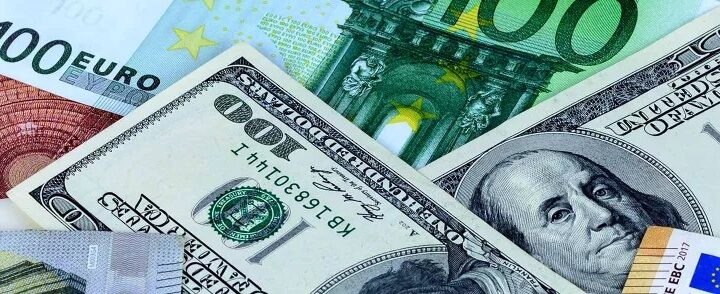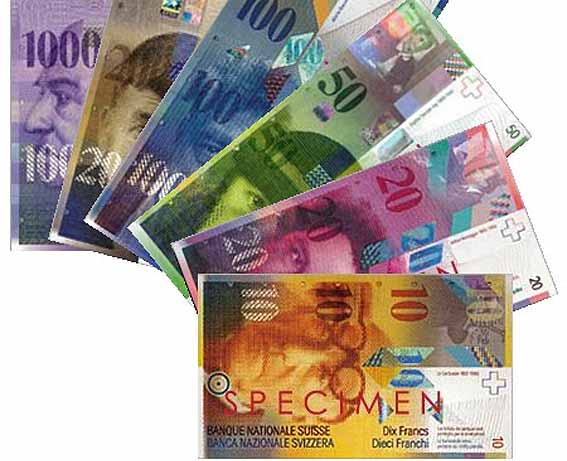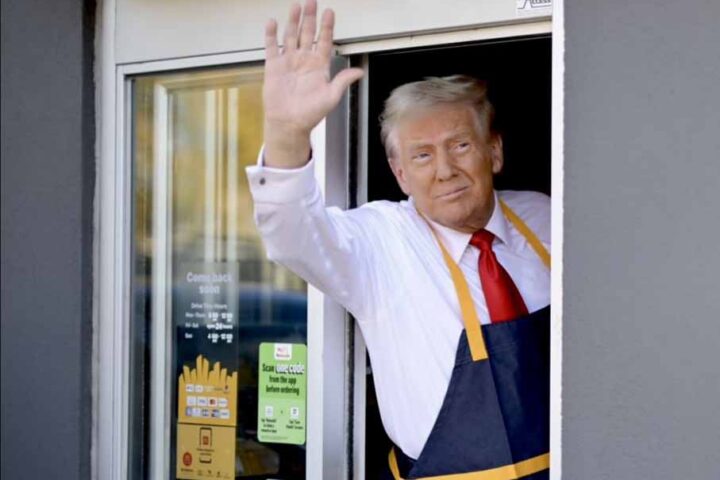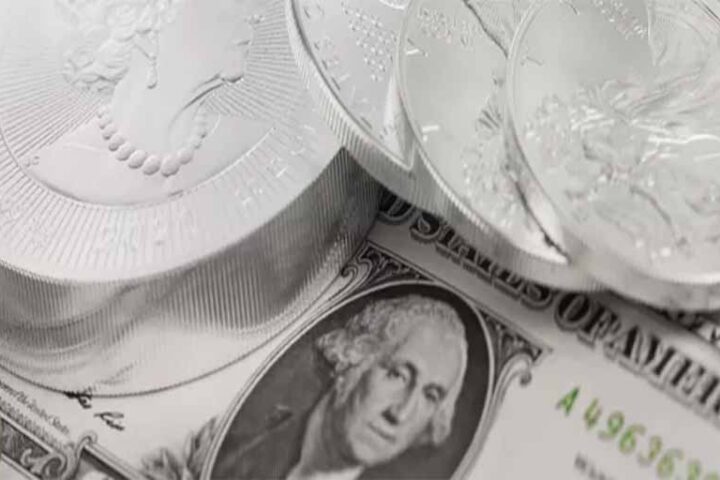The US dollar could slide by as much as 10% over the next 12 months, according to analysts at independent financial advisory and fintech deVere Group.
This follows a growing chorus of major financial institutions forecasting a deeper downturn for the greenback amid slowing growth, aggressive rate cuts, and global trade disruption.
The DXY Dollar Index, already down nearly 10% from its February highs, is forecast by deVere to tumble further, potentially hitting levels not seen since the early stages of the pandemic.
The fall, if realised, would mark one of the most significant annual declines in over a decade.
“Investors need to brace for a pronounced decline in the dollar’s value,” said deVere Group CEO Nigel Green.
“The combination of a shifting interest rate landscape, intensifying trade headwinds, and the recalibration of capital flows is likely to weigh heavily on the currency. The US no longer holds the same interest rate advantage it once did, and that gap is only going to widen as cuts accelerate.”
The deVere projection aligns with recent warnings from top-tier US banks and other international financial institutions, though its 10% forecast is among the most bearish.
The anticipated rate cuts from the Federal Reserve — as much as 175 basis points in total over the next year — are central to the outlook.
“This policy shift is expected to compress yields and erode the dollar’s attractiveness relative to its major peers,” noted Green.
“While 10-year Treasury yields remain elevated, they’re nearing a peak, with a sharp descent on the horizon as the Fed pivots more decisively.”
He added that with a slowing domestic economy and growing political unpredictability, especially on the trade front, investors are increasingly questioning the dollar’s dominance.
“This is a moment of reassessment — not only of US economic resilience but also of the role the dollar plays in the world’s financial architecture.”
Sentiment toward the dollar has already deteriorated markedly. Commodity Futures Trading Commission data show speculative positioning on the dollar remains far from bullish extremes, leaving room for a more aggressive unwind.
Meanwhile, a Bloomberg gauge of the currency slipped again on Monday, continuing a trend that reflects a broader rethink of exposure to US-denominated assets.
Investor pivoting
As the dollar weakens, investors are already pivoting, with an increased demand for traditional safe-haven currencies — including the yen, euro, and Swiss franc — all of which stand to gain as the dollar retreats.
“The winners in this shift will be those who position now,” said Green. “Foreign exchange markets are forward-looking, and many of the tailwinds that propped up the dollar are now becoming headwinds.
“A passive stance could mean missed opportunities — or worse, significant losses.”
For companies and investors with international exposure, this shift is already influencing strategy.
Exporters and multinationals are hedging more actively, while portfolio managers are reassessing allocations to non-dollar assets and emerging markets that could benefit from a weaker US currency, Green said.
“The world is watching the US not just for monetary signals but also for stability,” added the deVere CEO.
“When confidence erodes — as it is now — the consequences extend beyond FX charts. Investors should prepare accordingly.”
He concluded that, “the dollar is facing a tougher 12 months ahead, and those who act early will be best placed to seize the inevitable opportunities.”

